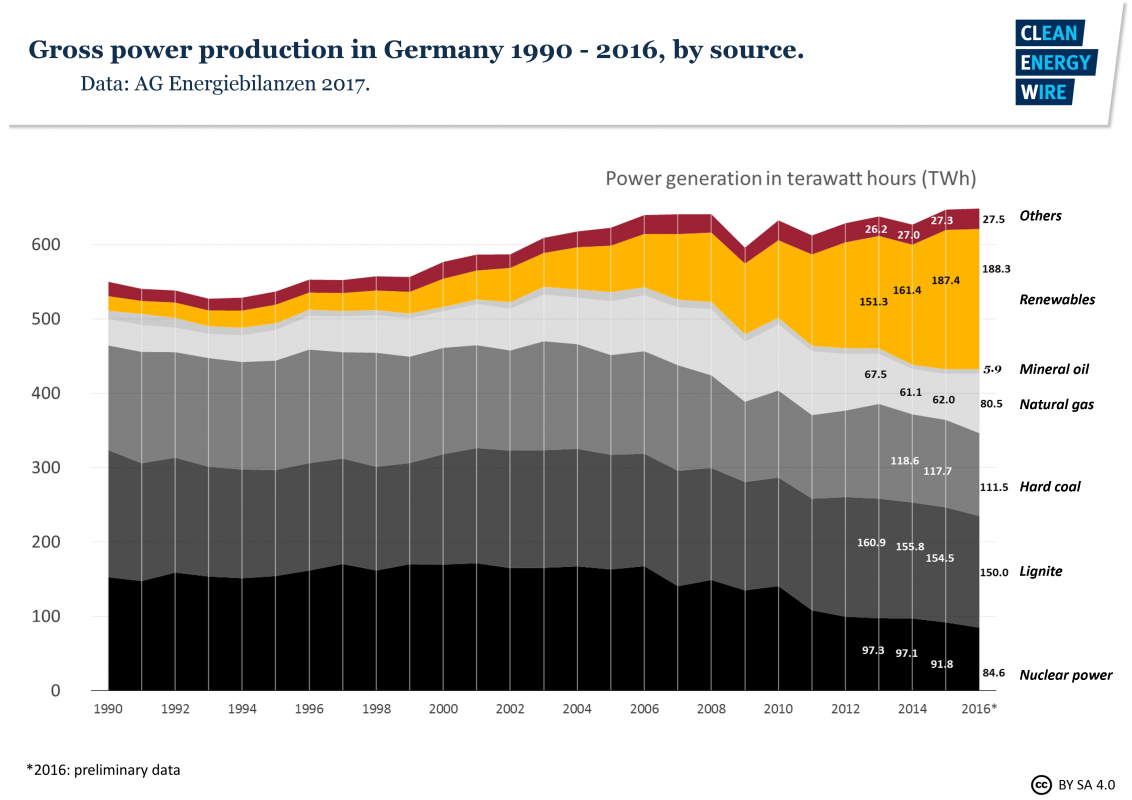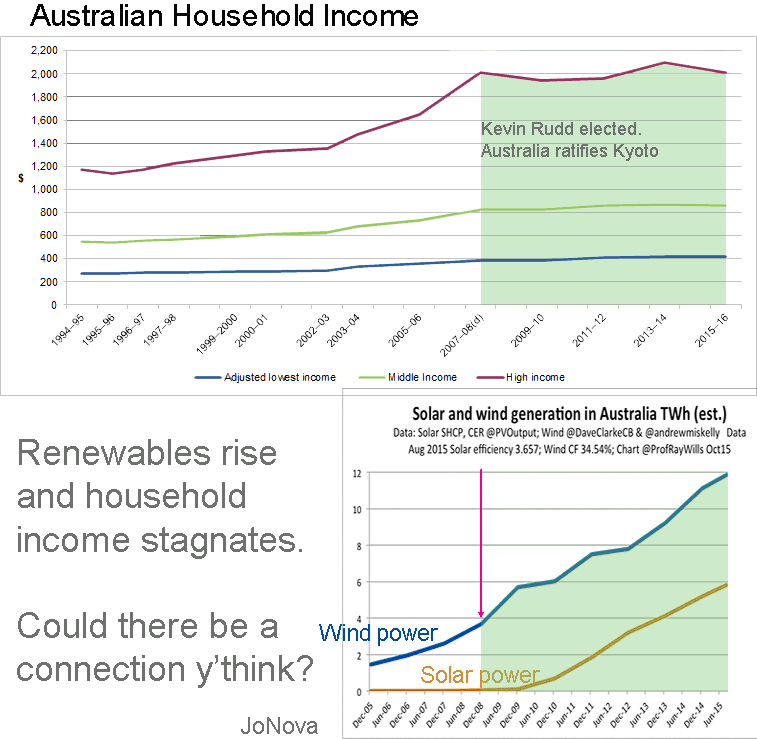- Joined
- Jan 25, 2012
- Messages
- 50,157
- Reaction score
- 15,451
- Location
- Texas
- Gender
- Male
- Political Leaning
- Conservative
IEA is underestimating the potential of renewable energy. For example, that their own report show that renewables accounted for almost two-thirds of net new power capacity around the world in 2016.
https://www.iea.org/publications/renewables2017/
That at the same time developing countries sees the great potential of renewable energy, for example that they invested more in renewable energy than developed countries in 2016.
Developing world invests more in renewable energy than rich countries for first time, new study says | The Independent
There you for example have India that plans to have 60% of electricity capacity from non-fossil fuels by 2027.
https://www.theguardian.com/world/2016/dec/21/india-renewable-energy-paris-climate-summit-target
While the cost of renewable energy continues to drop.
https://www.theguardian.com/environ...ble-energy-costs-leads-to-record-global-boost
Years ago, I was talking with a guy who helping Eastern Europe after the fall of the Soviet Union.
The telephone infrastructure in many places was from the 1940's and had seen little improvement.
He was telling me it was economical to set up cell phone towers, rather than try to fix the wired infrastructure.
While the voice quality at the time was less than wired in the west, it was better and more reliable than the system in place.
While the first world countries would not accept anything less than full on demand power,
someone who is getting electricity for the first time, might see the poor duty cycle of renewable,
as an enormous improvement.
Going backwards is difficult to accept, moving forward is always an improvement.







